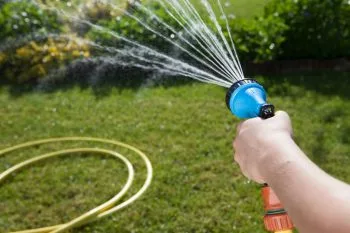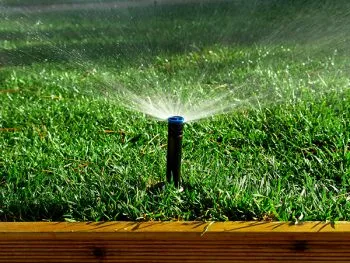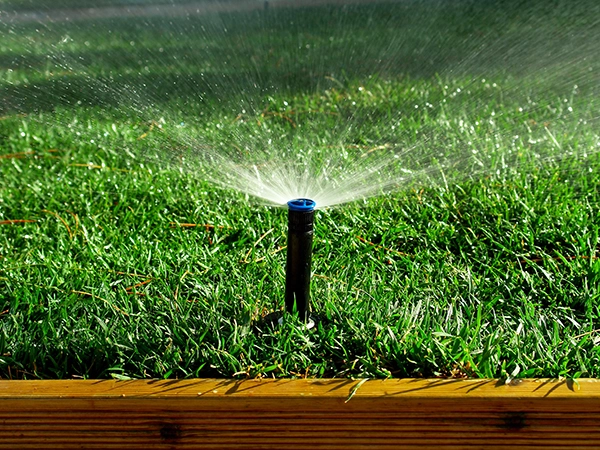
Transitioning from Winter to Spring, all manner of grasses, flowers, shrubs, and trees are awakening from their dormancy, preparing themselves to enter what is called an “active growth season.”
If you’re an avid gardener or landscaper, you may well know that timing and tools are two of the most critical factors in creating and sustaining a lush, healthy yard. Watering your lawn is directly linked to both timing and tools. Whether you’ve got a hose attachment or an inground irrigation system, it’s important to ask: what should you do to get your sprinklers ready for spring?
In this article, we will explore a series of preparatory tasks that serve to ensure you won’t cause any damage to your lawn, hoses, or inground sprinkler system.
Why Prepare?
It’s common knowledge that most substances become more brittle when they’re cold or frozen, and that water actually expands when it freezes. These two factors play a key role in the importance of preparing your sprinklers for spring.
With hoses for use with above-ground watering, you want to avoid cracking or perforating a coiled hose by attempting to unwind it when the material is cold and stiff. Test a small portion by attempting to bend the outermost section to see if it’s gotten limber enough to uncoil.
If it still feels stiff, try bringing it into a warmer space, such as a utility room or the back wall of your garage. That way, the material can continue to warm up and become limber enough for use without accidental breakage.
RELATED TIP: Watering Guidlelines by Grass Type
When it comes to inground sprinkler systems, the best practice is to wait until the last forecasted hard frost in your immediate region. That way, you don’t face the risk of busted pipes due to ice-related pressure. This can be tricky, but referencing previous weather trends can be helpful.
Experts also recommend checking the temperature of your topsoil. It’s best not to start up your inground system before your topsoil is consistently measuring as well above freezing (32 degrees Fahrenheit).
Steps to Take
For a hose-based sprinkler system, your main concerns are making sure the hose itself is usable, and making sure you’re past the final winter freeze in your region. For the sake of both the hose and your lawn, avoiding any further freezing is definitely the ideal.
As for inground irrigation systems, measuring the temperature of your topsoil is a good way to determine whether it’s safe to turn the system back on. Again, you should aim for after the season’s last freeze, so that you aren’t faced with the potential mess of a busted pipe.
To start out, you should NOT run your system at full throttle. Set your water to run at less than half the volume you would otherwise use to irrigate your yard. This gives the system a chance to “wake up” without any risk of damage.
Additionally, running your system at low water pressure gives you a chance to scout out any damages which may have occurred over the winter season. Busted sprinkler head? Minor leak? These are issues you want to identify and address early on, and well before you set your system into full throttle.
Smaller Components

Aside from making sure the system itself is in good shape, it’s good practice to inspect the smaller components. For above-ground sprinkler systems, you need to inspect your attachments for cracks or rust damage. If you’ve got an inground system, it is wise to take a look at your sprinkler heads for slow leaks, damage to the blades, or any other indicator that the equipment may not be functioning as it should.
Final Thoughts
As you begin to prepare your yard for spring, be sure you mow your lawn to a reasonable height so that you can more effectively survey the surface, to include inground sprinkler components. As with any other landscaping task, take a “practice run” at the beginning of the season, so that you can spot damages or malfunctions in your system and make the appropriate repairs.



Comments (0)
Thanks for your comment!
Thanks for your feedback! Your comments have been successfully submitted! Please note, all comments require admin approval prior to display.
Error submitting comment!
There is a problem with your comment, please see below and try again.